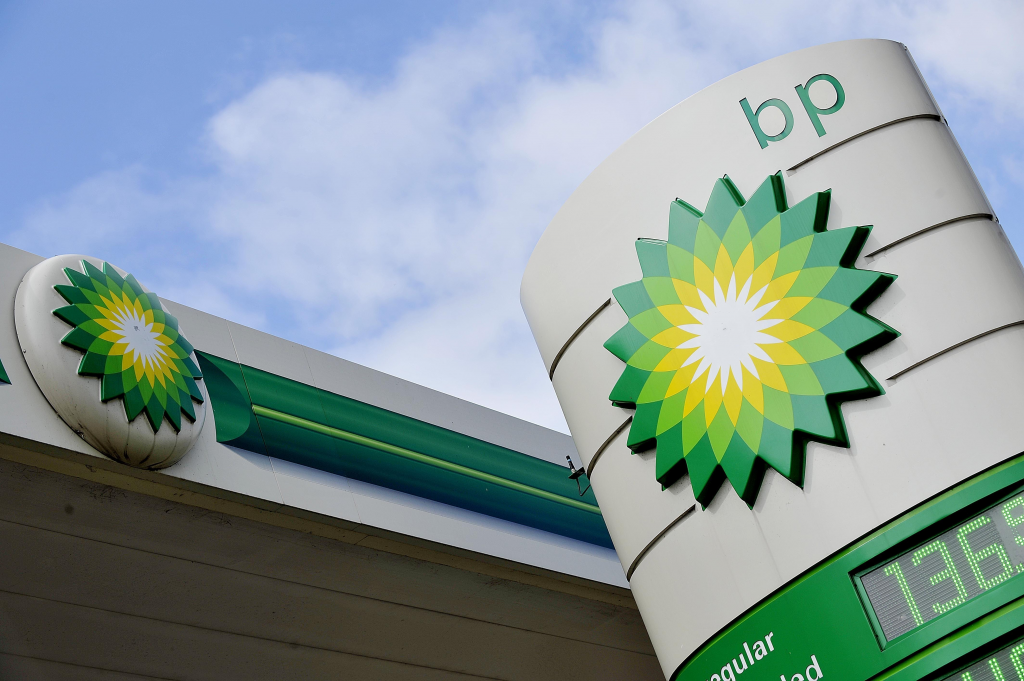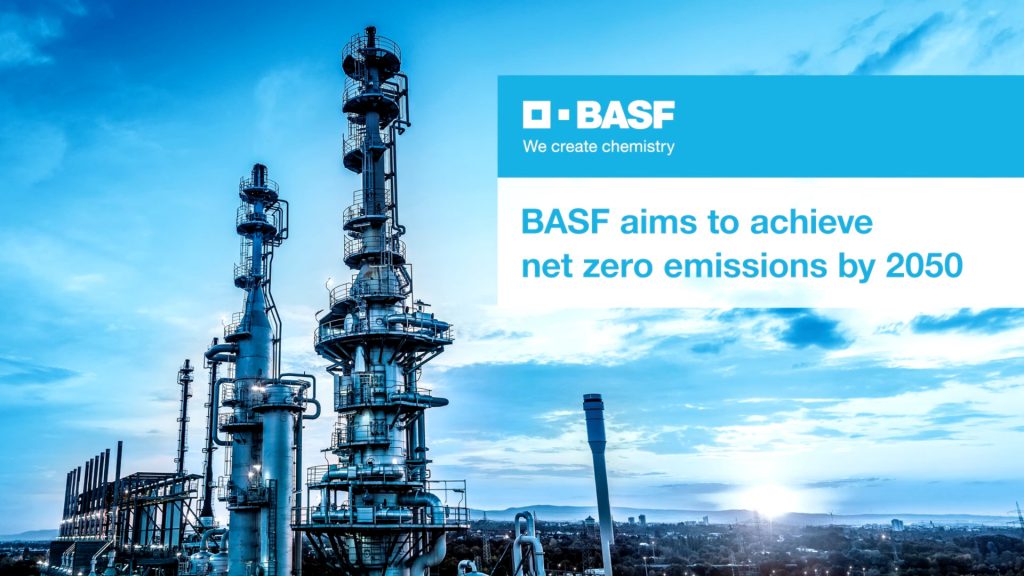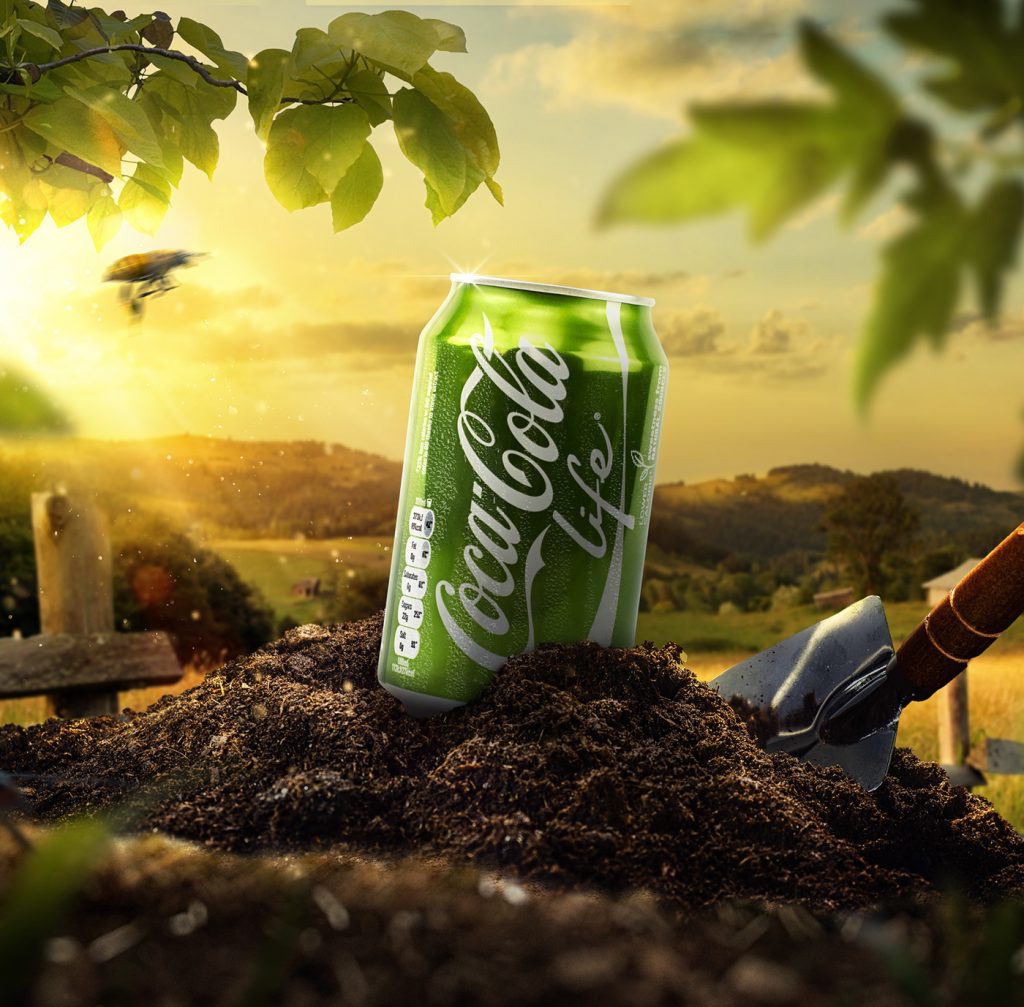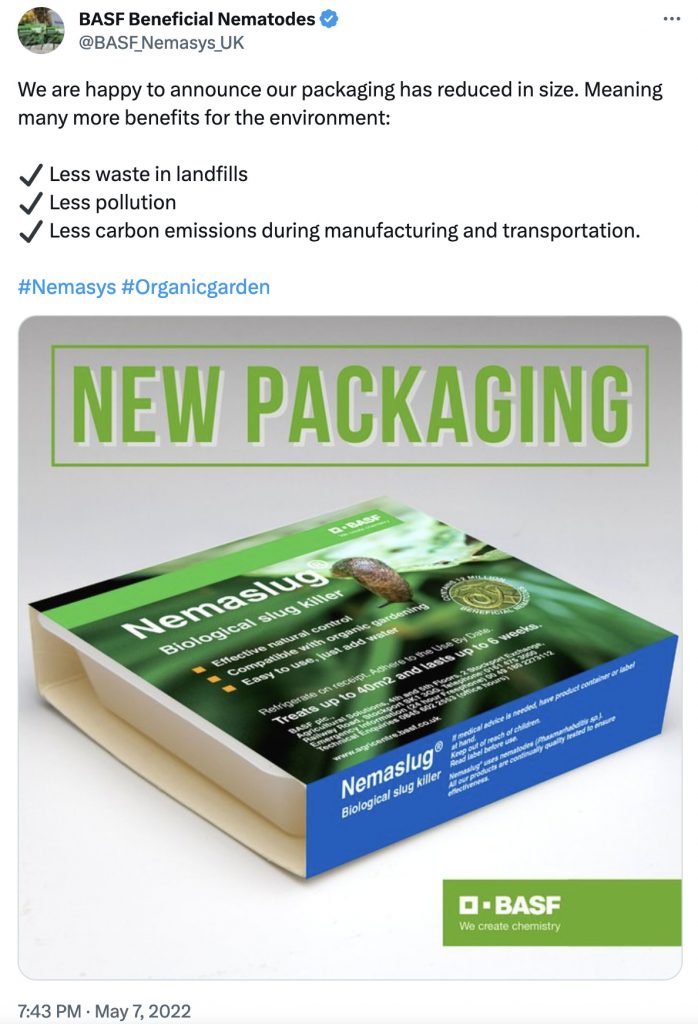Top 10 greenwashing marketing strategies
07/02/2023Greenwashing is a set of marketing techniques that will allow you to portray your company as eco-friendly and sustainable (whatever that may mean) without actually being so. In this helpful guide (with examples), we present you with the best tricks so you can continue harming the planet with a clear conscience and full pockets while deceiving your customers.

1. A correct color palette is key
Any statement that uses green (you know, plants are green) or optionally blue (because water and the sky are blue) automatically becomes sustainable and eco-friendly. So, use it in any shade you can and add it wherever you can. This way, your logo, website, packaging, gas stations, and ultimately, your company will automatically become more environmentally friendly.

2. Use an empty language in your communications
You should always use words and phrases that sound pleasant and positive, but lack real substance or meaning. Your company has to be green, sustainable, and eco-friendly. All your products should be natural, vegan, eco-whatever, and clean. Your emissions of gases should be net zero.

3. Statistics and science are on your side
Feel free to use numbers that don’t mean anything. You can put whatever you want as long as only someone with a PhD and access to a laboratory can prove what you are saying. Your products can have 15% less plastic or 10% recycled plastic or 50% more WTEVR.
Pro tip: Remember, acronyms are your friends.
4. Always think ahead
Never implement your plans within the next 5 or 10 years. It’s best not to specify the timeframe at all. “we plan to…” or “we aim…” are the perfect words. Set a distant horizon, like 2030 or 2050, then no one will remember what you’ve promised. With a bit of luck, half of them will have died by then.

5. Use suggestive images
Beautiful mountain landscapes spread out before you, coral reefs full of little fish, forests, flowers, fields, lakes, grass, leaves, etc. The greener and the more animals the better.
Pro tip: if you add babies, all the better. Babies are the consumers of the future (see previous point).

6. Make irrelevant communications
Emphasize your good intentions, your company policies and strategies or a small attribute that you have managed to improve in your products. This way you can continue to pollute and destroy the planet without worrying.

7. Change the packaging from time to time
Once a year does not hurt. Change the packaging of your products, but don’t forget to make it green, mention that now you pollute less and that they emit less carbon. But how much…? it doesn’t matter, just give a figure or two, nobody will check it (see point 3).
Pro tip: don’t forget to add the prefix “eco-” to your packaging or product name.


8. Emphasize a single attribute
You can always find something environmentally friendly in your company. Even if it’s just giving recycled toilet paper to your employees (yes, the kind that scratches, but don’t worry, they’ll tough it out for the planet). That’ll be more than enough, and you can proudly post about it on your favourite social media platforms. And if you can’t think of anything else, you can always go wild and start planting trees, just don’t forget to water them afterwards.

9. Blame it on the consumer
In other words, the classic move of shifting the blame onto someone else. It’s not you who pollutes, it’s those consumers who just won’t recycle. But fear not! If we make it crystal clear on the packaging, your company can proudly claim to be sustainable by using recyclable materials and slapping on that recyclable logo. And hey, it’s the consumers who go out and buy it, so they’re the ones responsible for the dirty work, right? By nailing this strategy, you won’t have to worry about a thing. Remember, the customer is always right, but they’re also to blame for your pollution.

10. Lie (or use inaccurate information)
If you have no other choice, a little white lie won’t hurt anyone. It’s the riskiest yet most cost-effective strategy, as long as you don’t get caught. So go ahead and use it, but remember, it’s entirely on your shoulders and under the watchful eye of a grown-up CEO (who’s willing to resign). If you do get caught, you can always claim you were just “presenting slightly imprecise information” or that it’s all true but just an “alternative truth” and that the company’s CEO has already resigned so everything has been resolved.

Conclusión
Since this is the Internet and there are all sorts of people out there, it’s worth clarifying that this is an article packed with irony and good humor. It’s written with the sole purpose of helping you identify when someone is trying to sell you an eco-story. To the affected companies, just a friendly reminder that I’m reproducing their ads completely free of charge, so… you’re welcome.